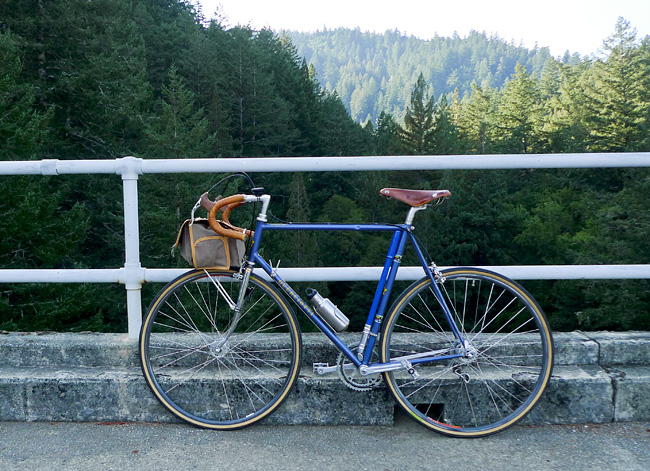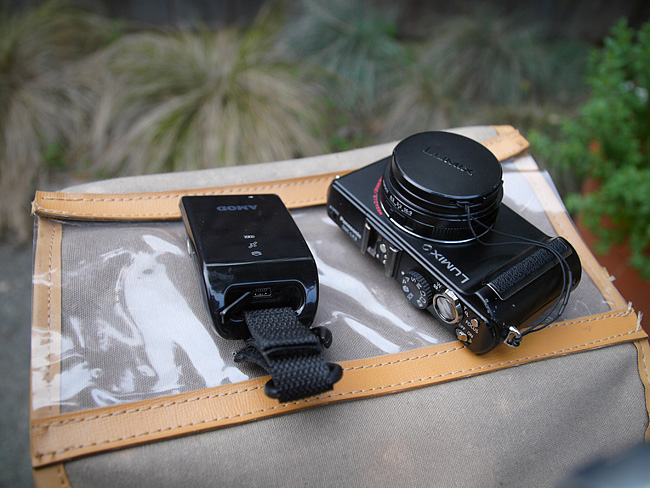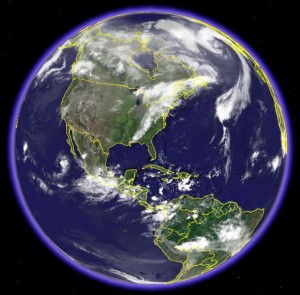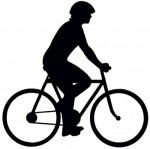Gear Gallery……Velo-Geo-Photo blogging tips, Part I
Since I began publishing this blog a year-and-a-half ago, I haven’t talked much about behind-the-scenes stuff.
So I’m changing things up today.
In this post (Part I), I’m outlining some of the tools and equipment I find most useful as a Velo-Geo-Photo-blogger. Then, in the next installment (Part II), I plan to talk about my general process for making photographs and observing my surroundings while out on a ride.
First, the tools of the trade:
A camera: When riding, I almost always bring along a Panasonic LX3 with its Leica branded 24-60mm lens. I’m a big fan of Panasonic/Lumix cameras. I had the LX1 before this and also own the less known L1. At 60mm, the LX3 is a bit lacking on the long-end of its zoom range (I think the updated LX5 zooms to around 90mm), but it is very compact and fits perfectly in the pocket of my handlebar bag.
A gps logger: My AMOD 3080 is critical for determining the GPS coordinates of a photo or location. I can record individual points of interest by pressing a button during the ride. After the ride, I can also time sync the gpx file of the data logger with the photo files in order to determine the precise location of each photo. (Note: a more elegant and time saving solution would be to carry a camera with built-in GPS capabilities which writes geo-data automatically to the photo’s metadata. Then I would only need one gadget on board, not two.)
A front rack and handlebar bag: My old Guerciotti has neither cantilever brake mounts on the forks nor eyelets on the front dropouts so my rack choices are limited. I ended up installing the versatile Mark’s Rack from Rivendell and use a classic TA bag I bought on eBay many years ago. I don’t have a decaleur so the bag flops around a bit when I ride. Some plastic stiffeners would help I just haven’t gotten around to addressing this problem yet.
Photo processing software: I use Adobe Photoshop CS3 and Bridge (which acts as a digital light table for viewing and sorting images) on an older Mac G5 and Apple cinema display.
For making images and posting them to the web I usually follow these steps:
- First, create a composition to best capture the subject matter (this can take several attempts and may require careful cropping of the image).
- Make creative changes as needed (e.g., adjustments to contrast, color, or luminosity) so the image expresses the feeling of the scene as it was experienced. This is critical. Remember what Ansel Adams said: “The negative [read: digital raw image] is the score; the print is the performance”.
- Re-size the image (in my case to around 650 pixels wide) and down sample the resolution (to around 100 ppi) so it properly fits the intended space and so the file doesn’t take up too much memory.
- Lastly, sharpen the photo while viewing it at the final size and resolution. This is very important and a reason many images do not look very good is that they are not optimized for viewing on the web at the actual size they are displayed.
A blogging platform: I use WordPress.org and a heavily modified version of the Black Letterhead theme. I also use various WordPress plug-ins. The most indispensable is Geo Mashup. It’s fantastic. One of its most useful features is the ability to display each post’s image on a main map page. I also use XML Google Maps, WP-prettyPhoto, and WordPress Video Plug-in.
A bicycle: Often it’s a steel-framed Guerciotti that I’ve owned since high school outfitted with mostly Campy components, a recently added 12-28 suntour 6-speed freewheel, a Brooks titanium rail saddle, and Grand Bois 28mm tires!

 Show on map
Show on map



What a great idea for a blog post. I was wondering what kind of camera you used. I’ve got an old version of Photoshop, 7 I think. I used it to make my positives for screen printing. I use Photoshopto re-size my photos and some other minor stuff, but I really should learn to use it more effectively.
Myles/ rattrappress
6 Nov 10 at 4:46 pm
myles/ photoshop is not very intuitive, but it’s really fun to use compared to a wet darkroom. btw, i like the photographic studies of residential architecture you’re starting to post. it inspired me to look for a photo of a frank lloyd wright house that i made last month.
fridaycyclotouriste
7 Nov 10 at 11:50 pm
Do you know of a camera with the geo-tagging feature? The Lumix is such a beautiful camera, I’m afraid I’d drop it. I’m on my second Sony Cyber-shot, butterfingers that I am.
Excellent post, Jack
The Velo Hobo
15 Nov 10 at 1:32 pm
jack/ no small cameras have this feature as far as i know. some of the higher-end canon’s and nikon’s allow you to plug a gps unit into the flash’s hot shoe. however, the new sony a33 and a55 have gps built-in! which is very cool…btw, i have dropped the lumix, and it survived.
fridaycyclotouriste
15 Nov 10 at 10:39 pm
The Nikon Coolpix P6000 has geo tagging. Might find one one the used market.
http://www.nikonusa.com/Nikon-Products/Product-Archive/Digital-Camera/26135/COOLPIX-P6000.html
eric
15 Feb 11 at 8:11 am
now canon has a new one.
http://www.usa.canon.com/cusa/consumer/products/cameras/digital_cameras/powershot_sx230_hs
eric
15 Feb 11 at 8:27 am